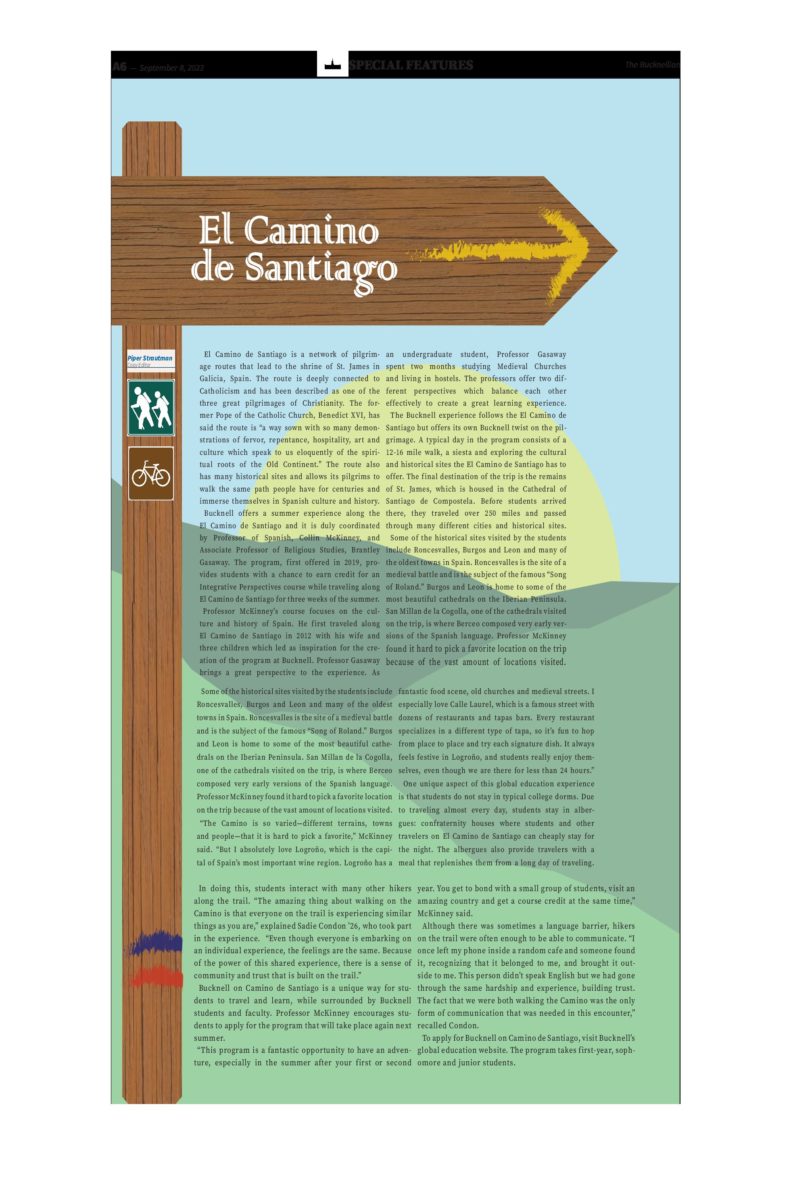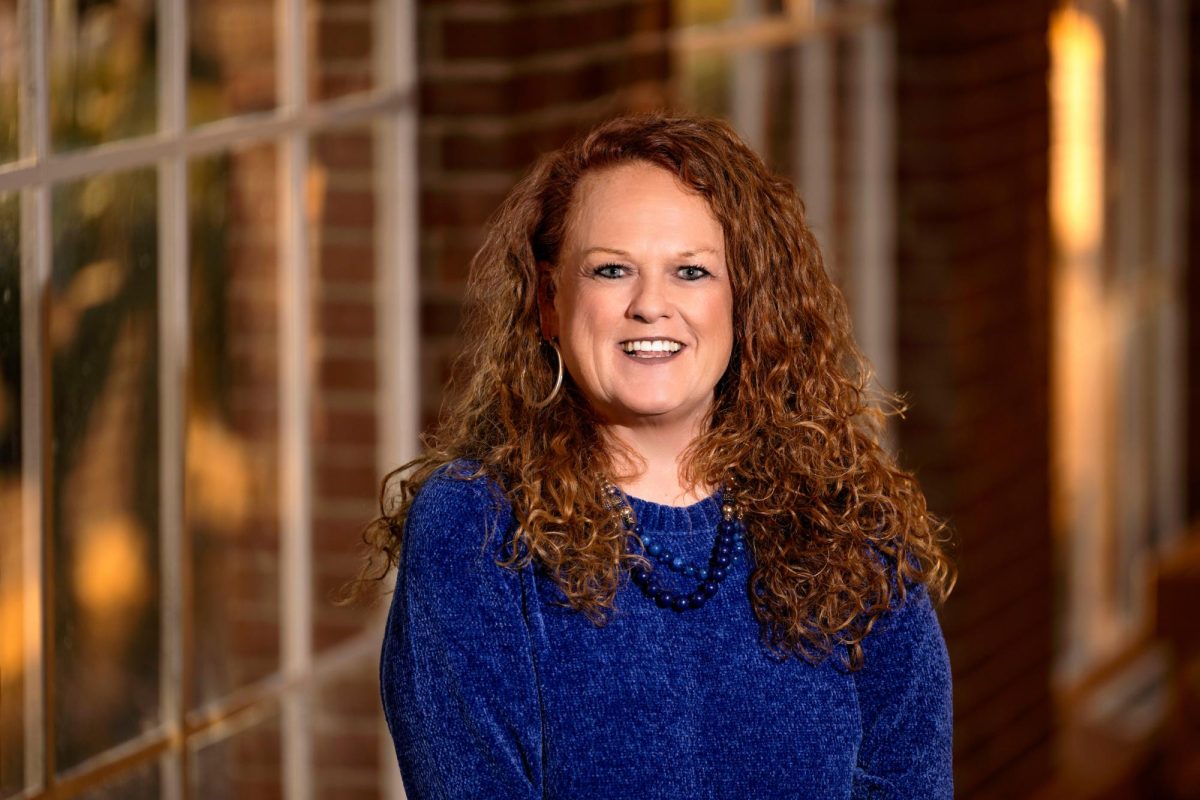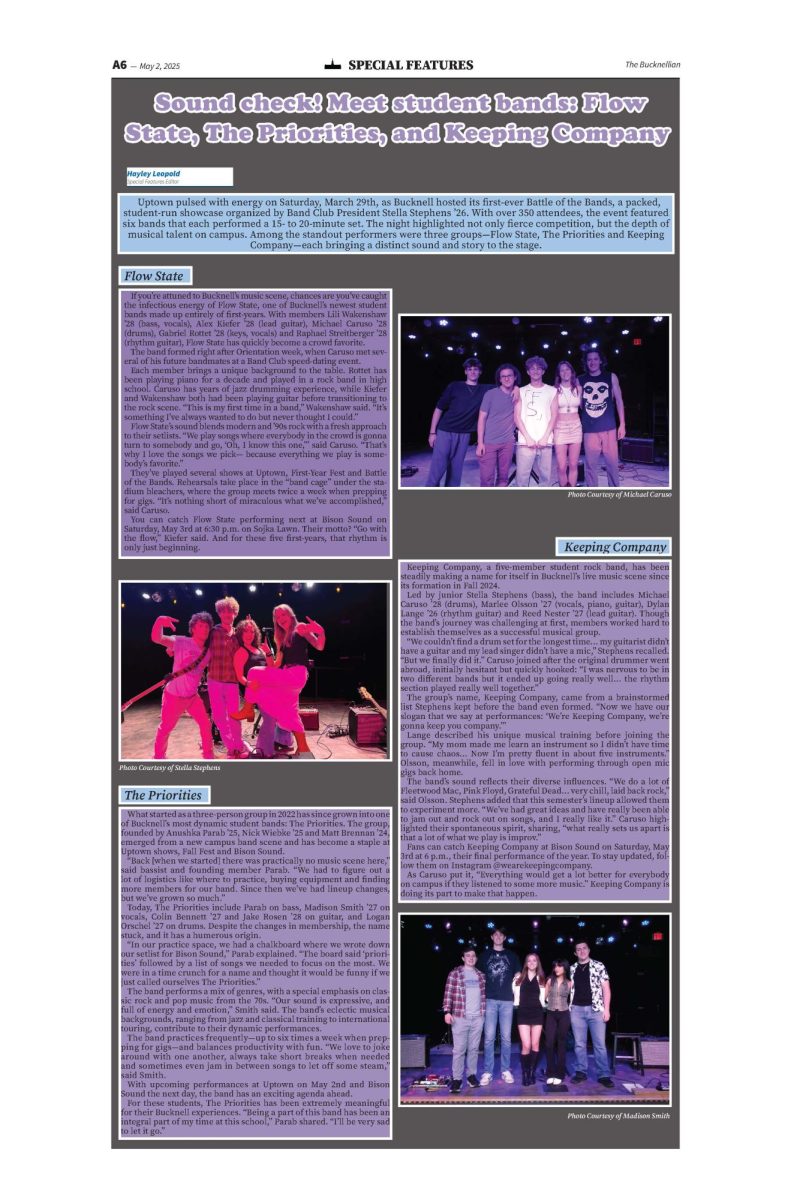El Camino de Santiago is a network of pilgrimage routes that lead to the shrine of St. James in Galicia, Spain. The route is deeply connected to Catholicism and has been described as one of the three great pilgrimages of Christianity. The former Pope of the Catholic Church, Benedict XVI, has said the route is “a way sown with so many demonstrations of fervor, repentance, hospitality, art and culture which speak to us eloquently of the spiritual roots of the Old Continent.” The route also has many historical sites and allows its pilgrims to walk the same path people have for centuries and immerse themselves in Spanish culture and history.
Bucknell offers a summer experience along the El Camino de Santiago and it is duly coordinated by Professor of Spanish, Collin McKinney, and Associate Professor of Religious Studies, Brantley Gasaway. The program, first offered in 2019, provides students with a chance to earn credit for an Integrative Perspectives course while traveling along El Camino de Santiago for three weeks of the summer.
Professor McKinney’s course focuses on the culture and history of Spain. He first traveled along El Camino de Santiago in 2012 with his wife and three children which led as inspiration for the creation of the program at Bucknell. Professor Gasaway brings a great perspective to the experience. As an undergraduate student, Professor Gasaway spent two months studying Medieval Churches and living in hostels. The professors offer two different perspectives which balance each other effectively to create a great learning experience.
The Bucknell experience follows the El Camino de Santiago but offers its own Bucknell twist on the pilgrimage. A typical day in the program consists of a 12-16 mile walk, a siesta and exploring the cultural and historical sites the El Camino de Santiago has to offer. The final destination of the trip is the remains of St. James, which is housed in the Cathedral of Santiago de Compostela. Before students arrived there, they traveled over 250 miles and passed through many different cities and historical sites.
Some of the historical sites visited by the students include Roncesvalles, Burgos and Leon and many of the oldest towns in Spain. Roncesvalles is the site of a medieval battle and is the subject of the famous “Song of Roland.” Burgos and Leon is home to some of the most beautiful cathedrals on the Iberian Peninsula. San Millan de la Cogolla, one of the cathedrals visited on the trip, is where Berceo composed very early versions of the Spanish language. Professor McKinney found it hard to pick a favorite location on the trip because of the vast amount of locations visited.
“The Camino is so varied—different terrains, towns and people—that it is hard to pick a favorite,” McKinney said. “But I absolutely love Logroño, which is the capital of Spain’s most important wine region. Logroño has a fantastic food scene, old churches and medieval streets. I especially love Calle Laurel, which is a famous street with dozens of restaurants and tapas bars. Every restaurant specializes in a different type of tapa, so it’s fun to hop from place to place and try each signature dish. It always feels festive in Logroño, and students really enjoy themselves, even though we are there for less than 24 hours.”
One unique aspect of this global education experience is that students do not stay in typical college dorms. Due to traveling almost every day, students stay in albergues: confraternity houses where students and other travelers on El Camino de Santiago can cheaply stay for the night. The albergues also provide travelers with a meal that replenishes them from a long day of traveling.
In doing this, students interact with many other hikers along the trail. “The amazing thing about walking on the Camino is that everyone on the trail is experiencing similar things as you are,” explained Sadie Condon ’26, who took part in the experience. “Even though everyone is embarking on an individual experience, the feelings are the same. Because of the power of this shared experience, there is a sense of community and trust that is built on the trail.”
Bucknell on Camino de Santiago is a unique way for students to travel and learn, while surrounded by Bucknell students and faculty. Professor McKinney encourages students to apply for the program that will take place again next summer.
“This program is a fantastic opportunity to have an adventure, especially in the summer after your first or second year. You get to bond with a small group of students, visit an amazing country and get a course credit at the same time,” McKinney said.
Although there was sometimes a language barrier, hikers on the trail were often enough to be able to communicate. “I once left my phone inside a random cafe and someone found it, recognizing that it belonged to me, and brought it outside to me. This person didn’t speak English but we had gone through the same hardship and experience, building trust. The fact that we were both walking the Camino was the only form of communication that was needed in this encounter,” recalled Condon.
To apply for Bucknell on Camino de Santiago, visit Bucknell’s global education website. The program takes first-year, sophomore and junior students.






















